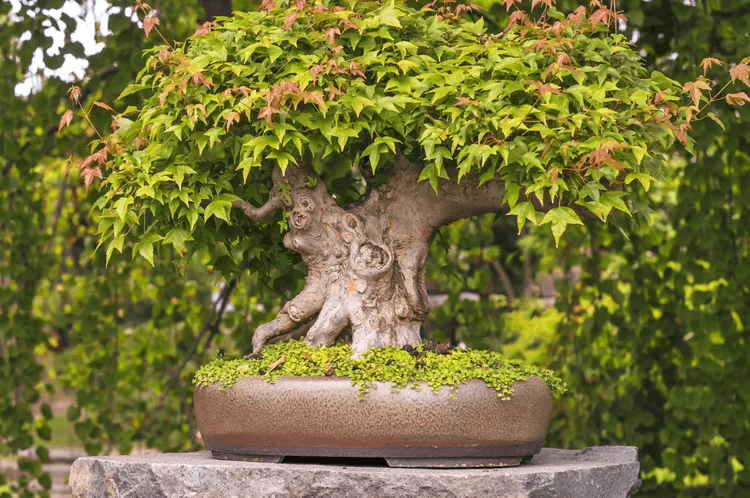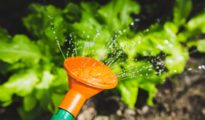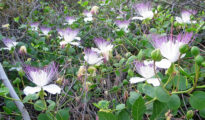Japanese Maple (Acer palmatum) bonsai trees are cherished for their graceful elegance, vibrant foliage, and cultural significance. Cultivating and caring for a Japanese Maple bonsai requires both artistic sensibility and horticultural knowledge. In this comprehensive guide, we will delve into the intricacies of nurturing and maintaining these enchanting miniature trees, ensuring their health, longevity, and aesthetic appeal.

Understanding the Japanese Maple Bonsai
Before embarking on the journey of caring for a Japanese Maple bonsai, it is essential to acquaint oneself with the tree's natural habitat, growth patterns, and distinct characteristics. Japanese Maples are native to Japan, Korea, and China and thrive in temperate climates. They are renowned for their delicate, palmate leaves, which come in a wide array of colors, including green, red, purple, and variegated combinations.
Choosing the Right Bonsai
Selecting a suitable Japanese Maple bonsai is crucial for long-term success. Look for a tree with a well-defined trunk, balanced branches, and a compact root system. Ideally, choose a young sapling or pre-bonsai material that allows you to shape and train it according to your vision.
Potting and Soil
Repotting is an essential aspect of bonsai care, promoting healthy growth and preventing root-bound conditions. Repot your Japanese Maple bonsai every two to three years, preferably during early spring. Use a well-draining bonsai soil mix composed of Akadama, pumice, and lava rock in appropriate ratios. This blend ensures proper water retention while preventing waterlogged roots.
Watering a Japanese Maple Bonsai Tree
Consistent and appropriate watering is vital for the health of your bonsai. Japanese Maples prefer a slightly moist soil, but overwatering can lead to root rot, while underwatering causes stress. Water your bonsai when the topsoil feels slightly dry but before it becomes completely parched. Adjust your watering frequency based on the weather conditions and the tree's specific needs.
Light and Temperature
Japanese Maples thrive in dappled or partial shade. They appreciate morning sun followed by filtered sunlight during the hotter parts of the day. Protect your bonsai from extreme heat and frost, as it can damage the delicate foliage. Consider moving your bonsai to a sheltered location during harsh weather conditions.
Pruning and Shaping
Pruning and shaping are essential techniques for maintaining the desired form and promoting healthy growth. Regularly prune your Japanese Maple bonsai during late winter or early spring to remove dead or weak branches, improve branch structure, and encourage back budding. Utilize bonsai pruning tools to make clean, precise cuts. Wiring can also be employed to guide branches and achieve the desired aesthetic form. Be mindful of not leaving wires on for too long, as they can leave scars or cut into the bark.
Fertilization
Fertilizing your Japanese Maple bonsai provides the necessary nutrients for robust growth and vibrant foliage. Apply a balanced, slow-release organic bonsai fertilizer during the growing season, typically from spring to early autumn. Avoid excessive fertilization, as it can lead to leaf burn or weak growth. Observe your bonsai closely and adjust the fertilization regimen as needed.
Pest and Disease Management
Vigilance is crucial in preventing and addressing pest infestations or diseases that may affect your bonsai. Common pests include aphids, scale insects, and spider mites. Regularly inspect your tree's leaves, branches, and trunk, and take appropriate measures such as spraying with organic insecticides or employing beneficial insects to control pests. Maintain good hygiene practices by keeping the pot and surrounding area clean and free from debris to minimize the risk of fungal infections or bacterial diseases. If you notice any signs of disease, such as leaf discoloration, spots, or unusual growth patterns, promptly identify the issue and take appropriate measures, such as pruning affected areas, applying fungicides, or seeking professional advice.
Japanese Maple Bonsai Winter Care
Japanese Maple bonsai require special care during winter to protect them from freezing temperatures. Depending on your climate, you may need to provide winter protection by placing your bonsai in an unheated greenhouse, cold frame, or by insulating it with horticultural fleece. Avoid exposing your bonsai to extreme cold or sudden temperature fluctuations, as it can damage the delicate branches and roots. Monitor the moisture levels during winter, ensuring that the soil doesn't dry out completely.
Patience and Regular Maintenance
Caring for a Japanese Maple bonsai is a long-term commitment that requires patience and dedication. Regularly assess the health and growth of your bonsai, making adjustments to its care routine as necessary. Monitor the tree's response to different environmental conditions, pruning techniques, and fertilization to refine your approach over time. Take time to appreciate the evolving beauty of your bonsai as it matures and develops its unique character.
Caring for a Japanese Maple bonsai tree is a rewarding and artistic endeavor that combines horticultural expertise with aesthetic sensibility. By understanding the specific needs of this enchanting species, providing optimal conditions, and practicing proper maintenance techniques, you can nurture a Japanese Maple bonsai that showcases the timeless beauty and elegance of nature in miniature form. Embrace the art and science of bonsai cultivation and embark on a journey that will bring you closer to the captivating world of Japanese Maple bonsai.



















